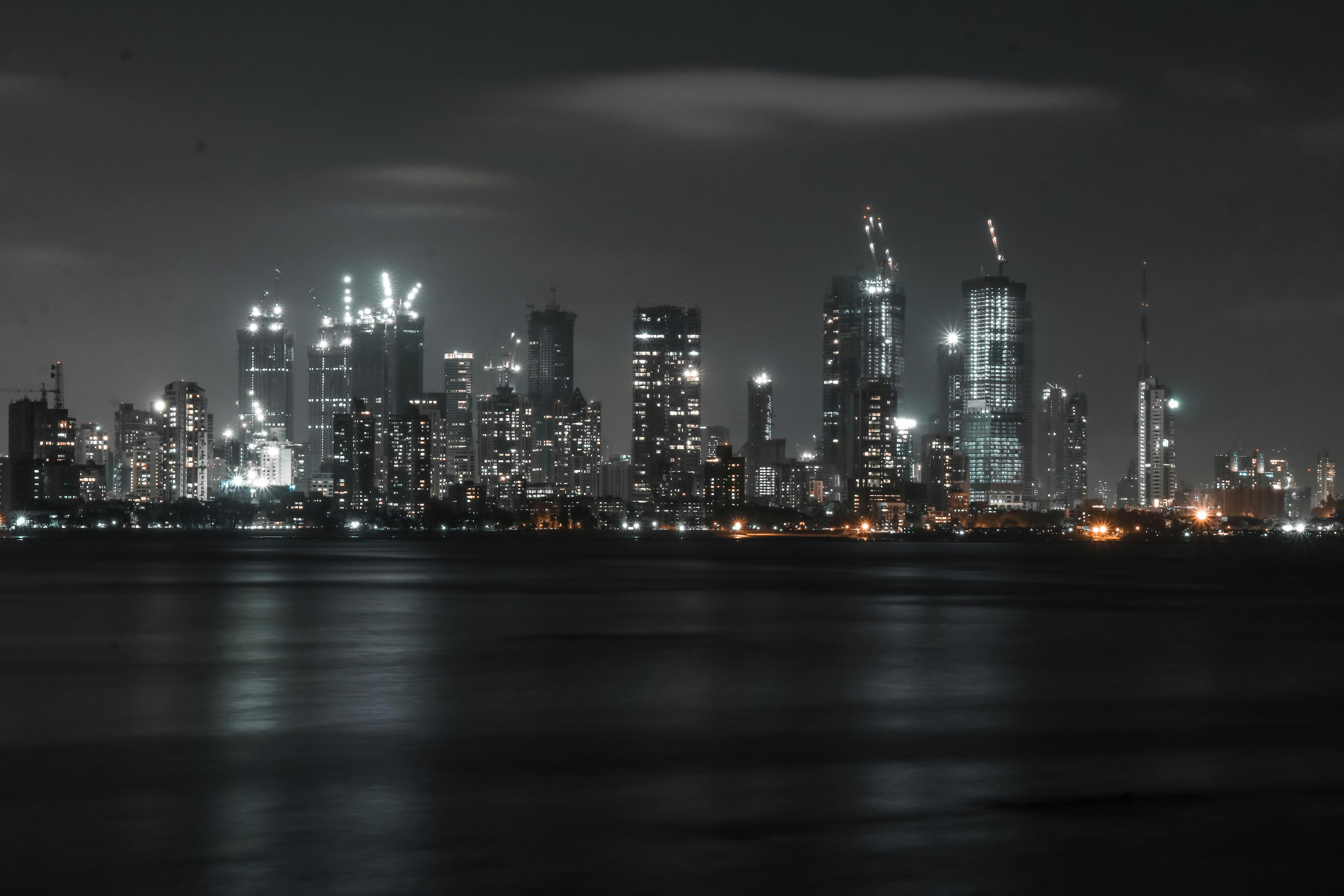In September 2024, the Maharashtra state government and Niti Aayog announced plans to transform the Mumbai Metropolitan Region (MMR) into a global economic hub with a gross domestic product of at least $1.5 trillion by 2047 – more than ten times its current GDP of $140 billion. This accelerated growth is to be achieved through the development of large-scale infrastructure and the creation of 2.8 million new jobs in the region by 2030.
The transformation of MMR is part of Niti Aayog's larger vision to develop a series of growth hubs, or G-Hubs, across India. First announced in August 2023, this plan involves creating the hubs in and around some of India's most promising cities, because urban centres have the most potential for rapid economic growth. The Mumbai Metropolitan Region, Surat, Visakhapatnam and Varanasi have been chosen as the G-Hubs to be developed in the first phase of this project, with MMR as the pilot.
This month, in a government resolution dated February 4, Maharashtra announced the members of the project implementation unit (PIU) that will carry out the proposed transformation of MMR into a growth hub. One of the members is the ISEG Foundation – the Institute for Sustainability, Employment and Growth – which the Godrej Foundation supports.
A non-profit action tank founded in 2023, ISEG aims to create 10 million jobs in India and help at least 10 Indian states achieve net-zero energy transition over the next 10 years. To do this, it aims to work with governments, corporates, academia and other stakeholders in four key areas: the economic master-planning of urban areas, energy transition and sustainability, value-added agriculture, and developing India as a services hub.
Being a part of the project implementation unit for the MMR growth hub is not ISEG's only project with Niti Aayog. The organisation will be involved in developing "inclusive economic growth and employment strategies" across 18 cities under Niti Aayog's G-Hub vision. The work will involve identifying growth drivers as well as designing funding, governance structures and organisation enablers.
ISEG is involved, for instance, in the ongoing creation of a blueprint for the development of the Varanasi-Vidhyanchal Economic Region in Uttar Pradesh, and has initiated work on the transformation of Visakhapatnam into a G-Hub.
In the Mumbai Metropolitan Region, ISEG is working with other stakeholders to begin the implementation of an economic master plan released by Niti Aayog and the Maharashtra government. Unlike a city's development plan that chalks out a five-year vision for internal growth, an economic master plan is a blueprint for broader regional development over 20-25 years. Master planning allows an urban region to strategically allocate resources towards specific industries it wants to develop, design skills training programmes aligned to those sectors, and build infrastructure ahead of demand. It is a forward-looking approach that establishes the foundations for growth proactively, with plans in place for dealing with economic crises, rather than reacting to market demands and shocks.
The MMR master plan identifies seven economic growth drivers that have the potential to bring in up to $150 billion in incremental GDP by 2030. These include building three million affordable homes, promoting tourism, planning brownfield urbanisation in upcoming areas, creating last-mile infrastructure and making MMR a hub for a variety of services and manufacturing.
Tags
- ISEG,
- economic growth,
- growth
